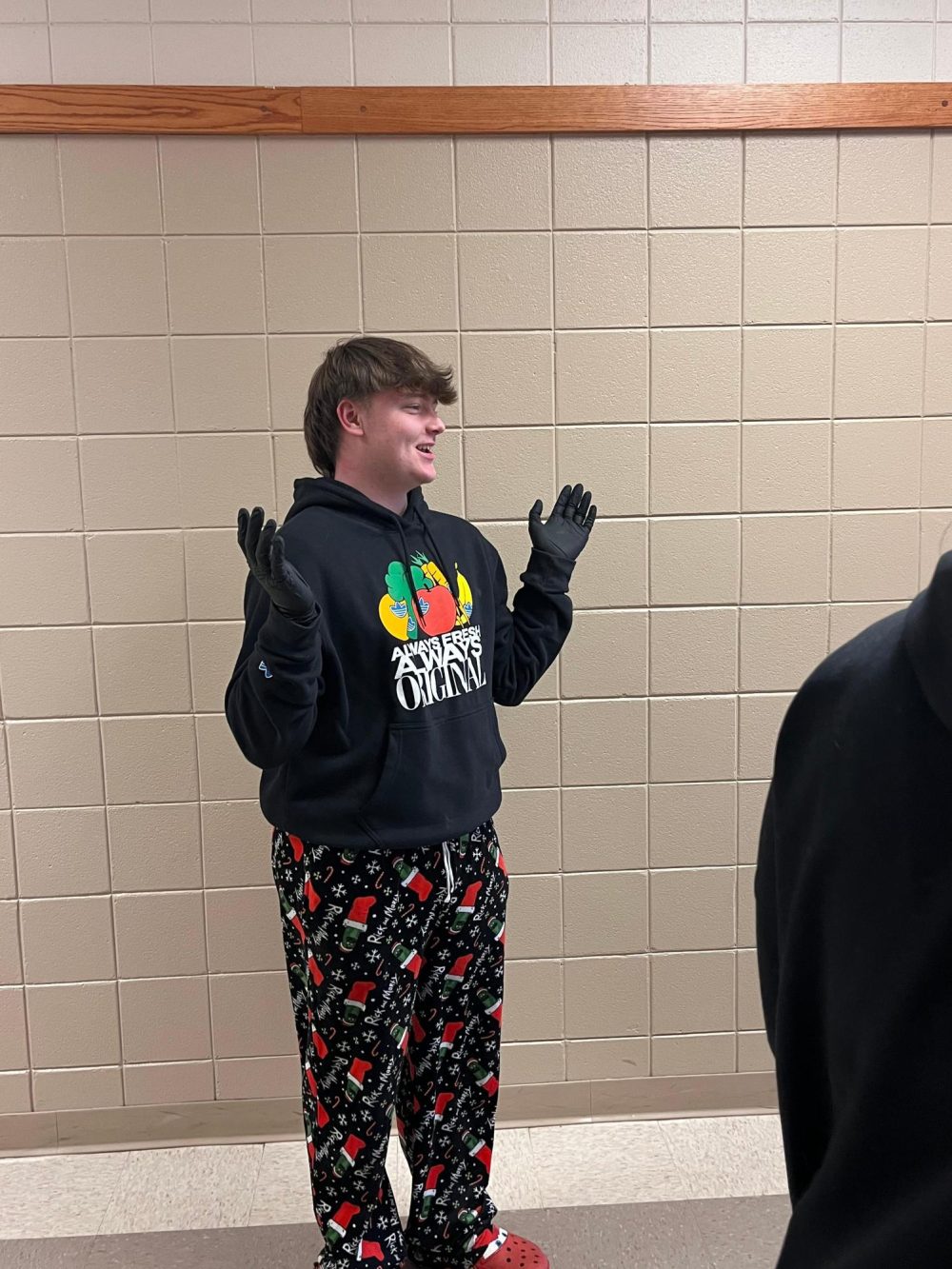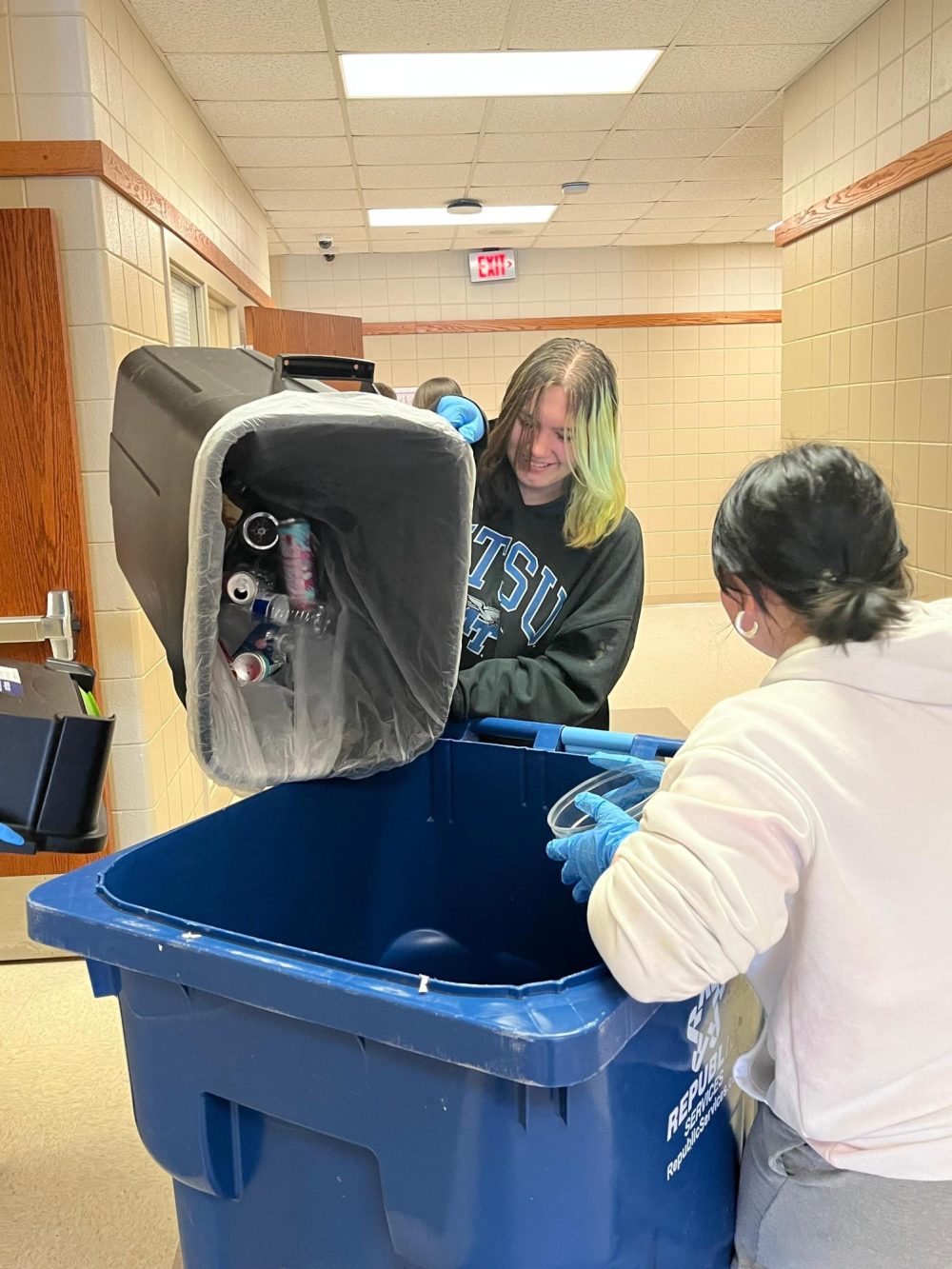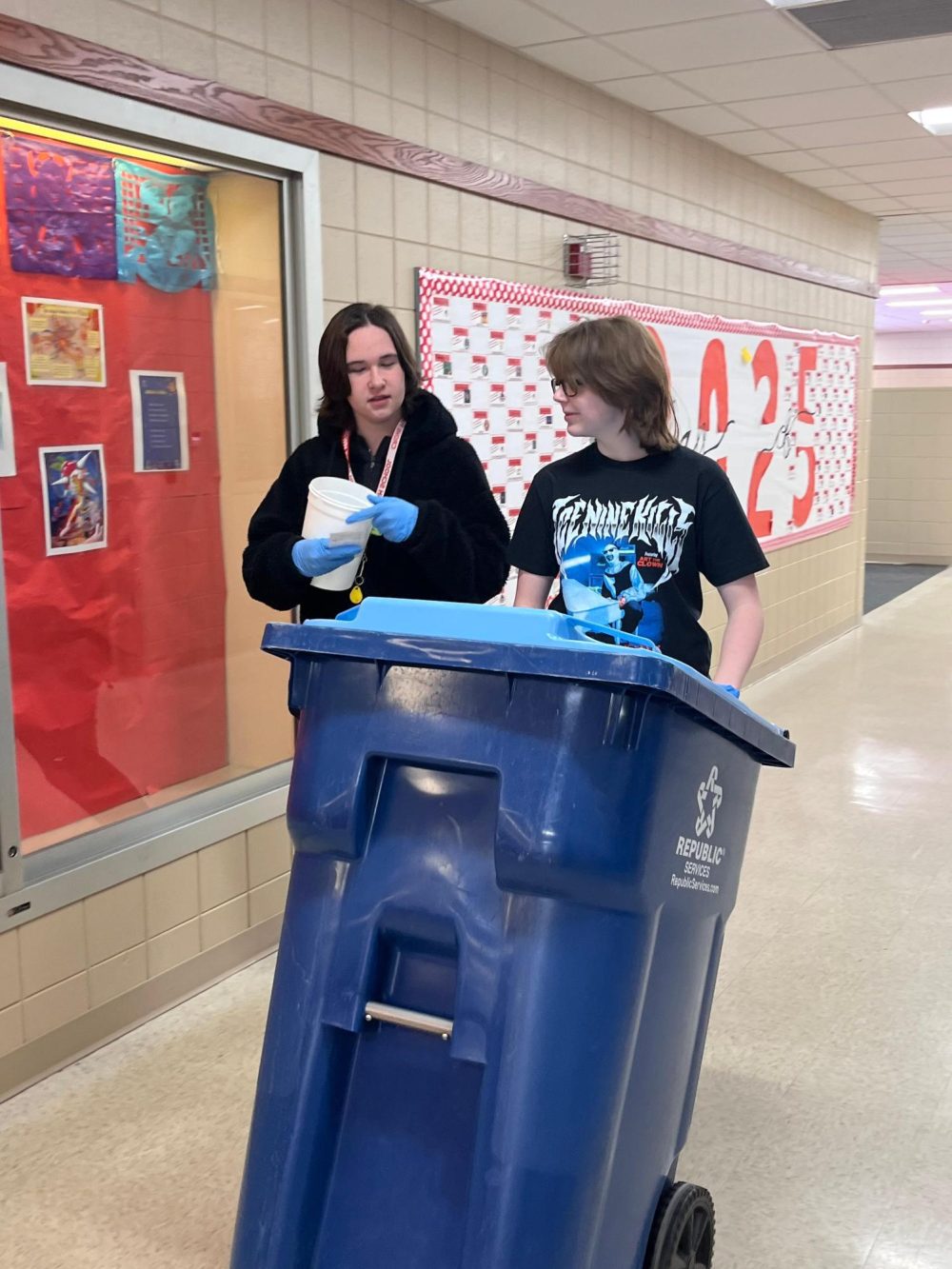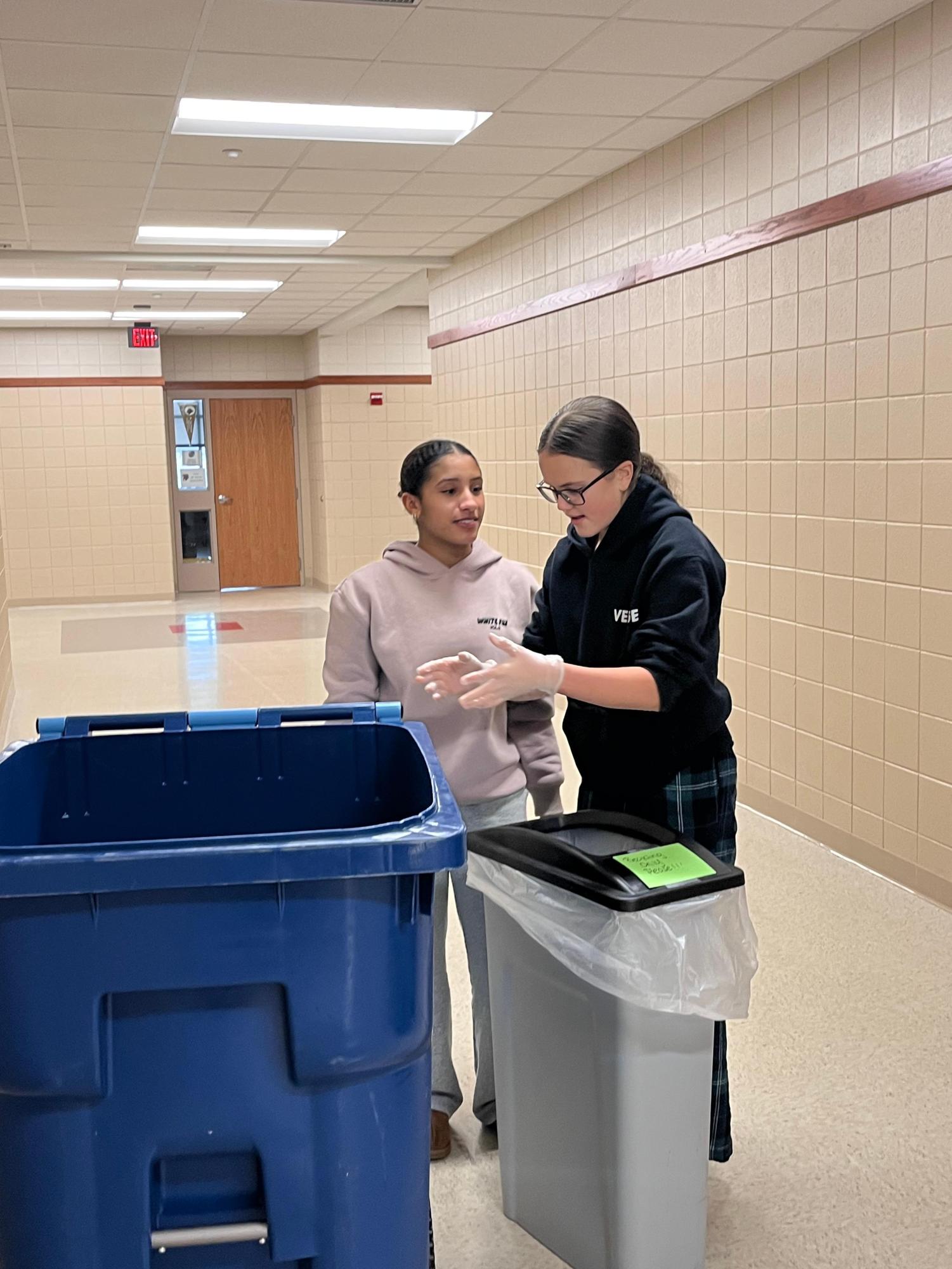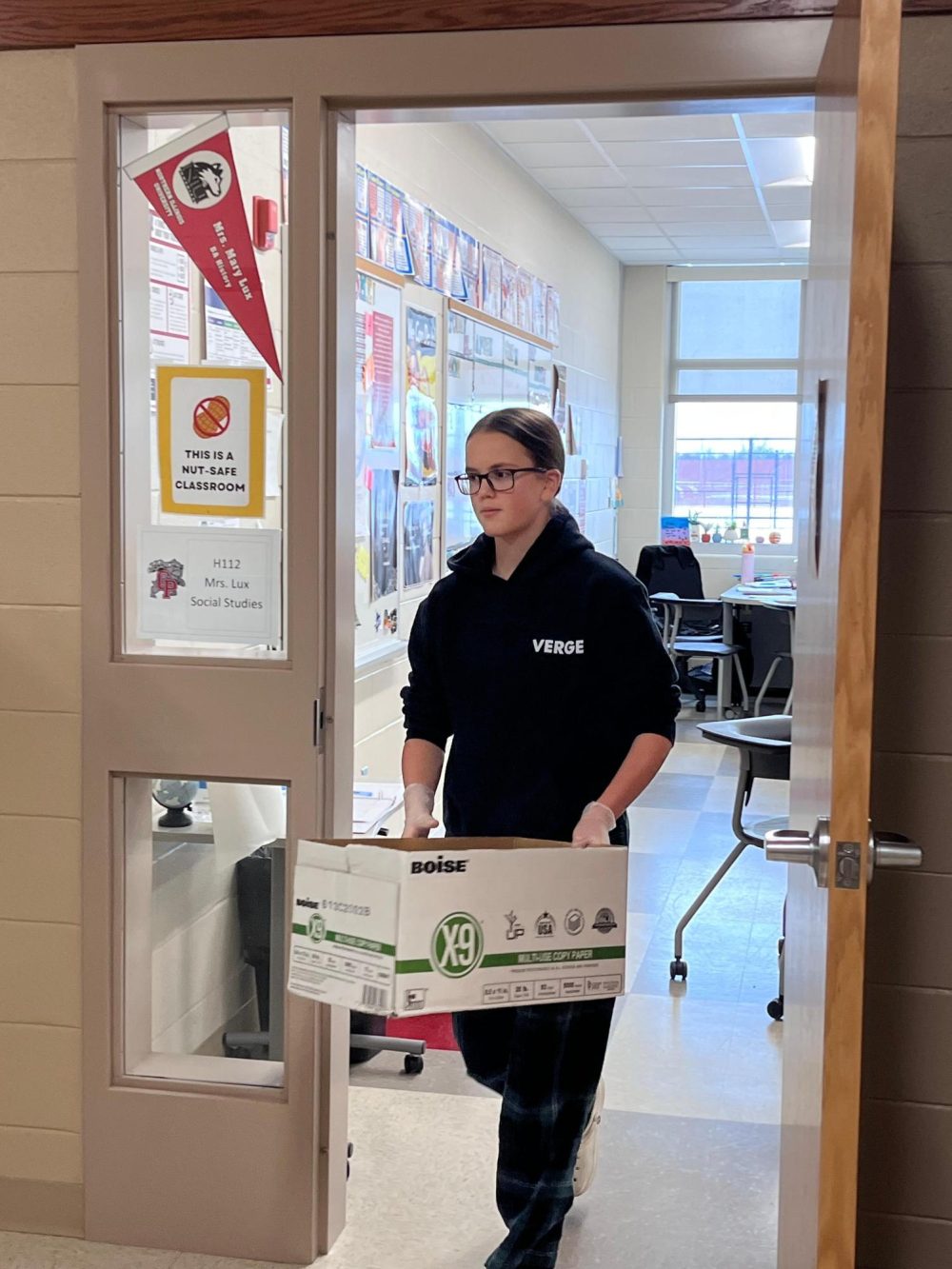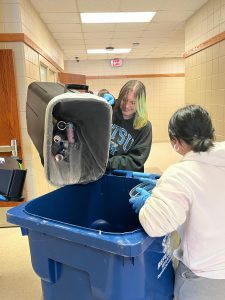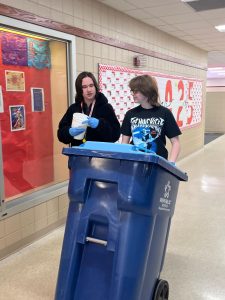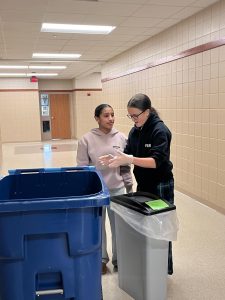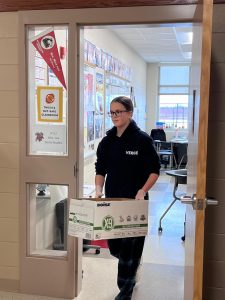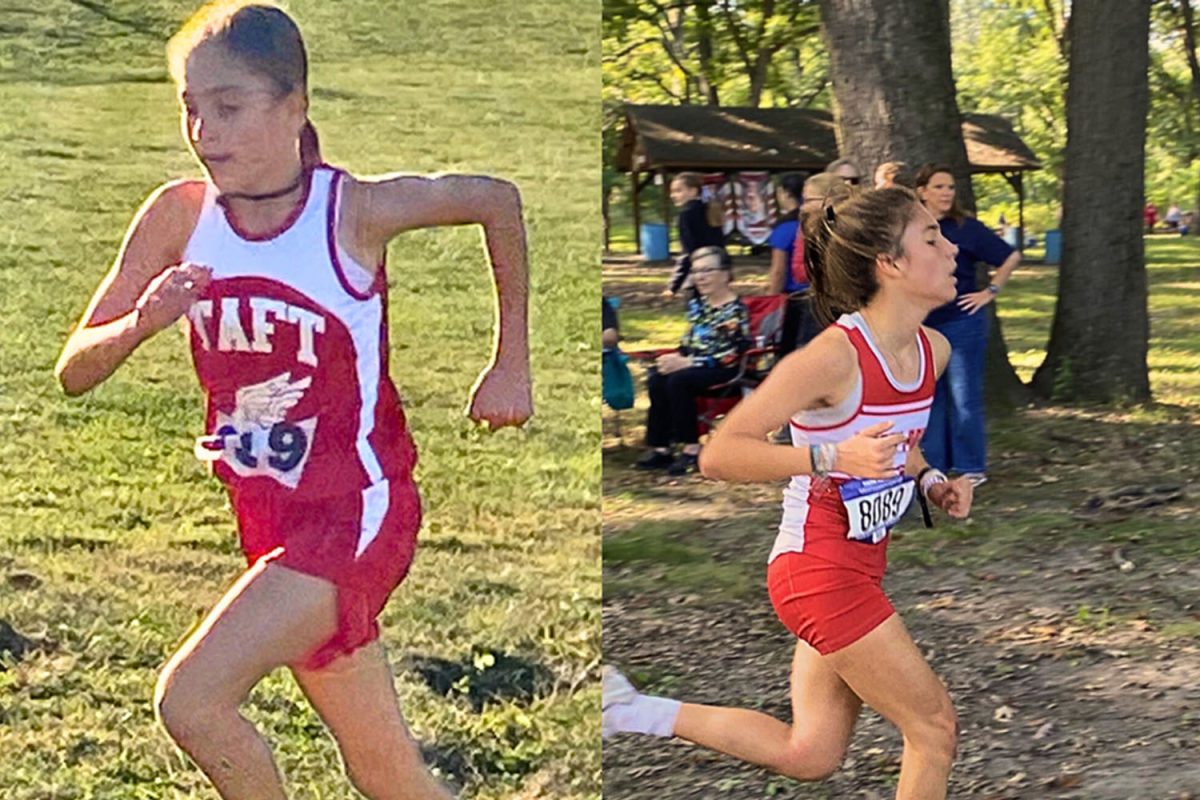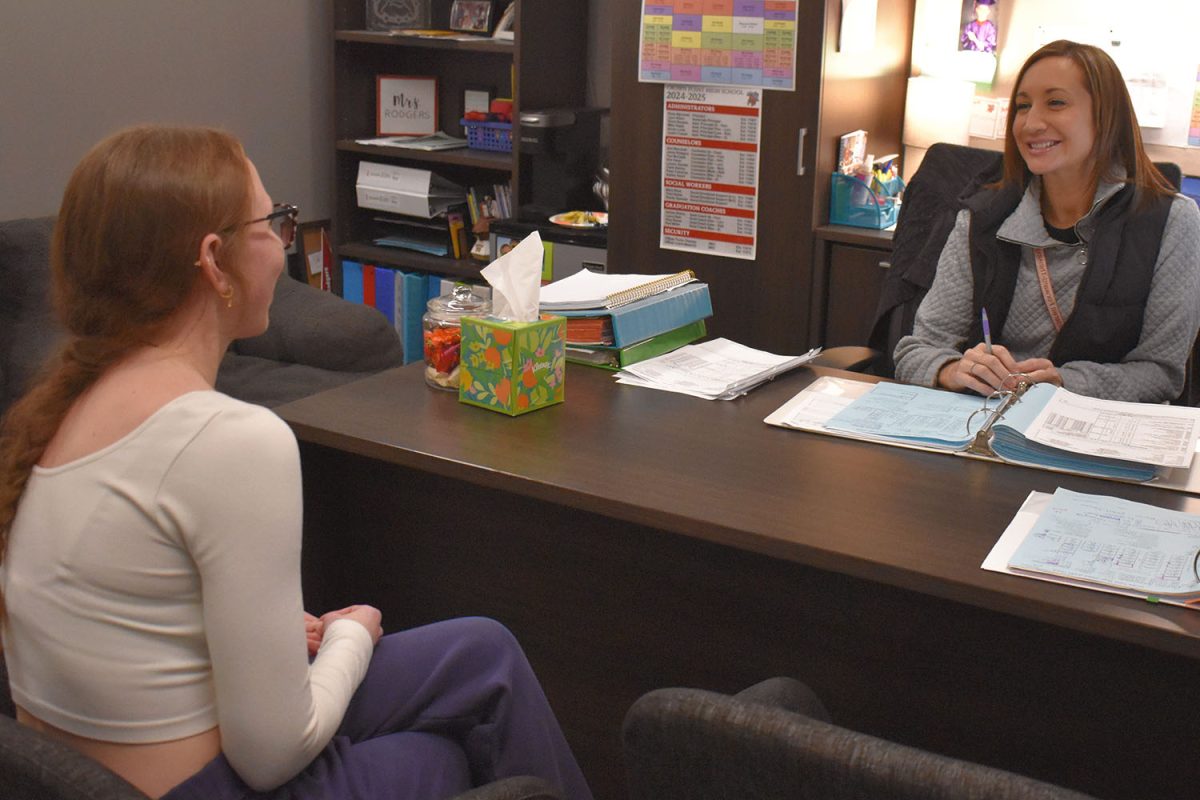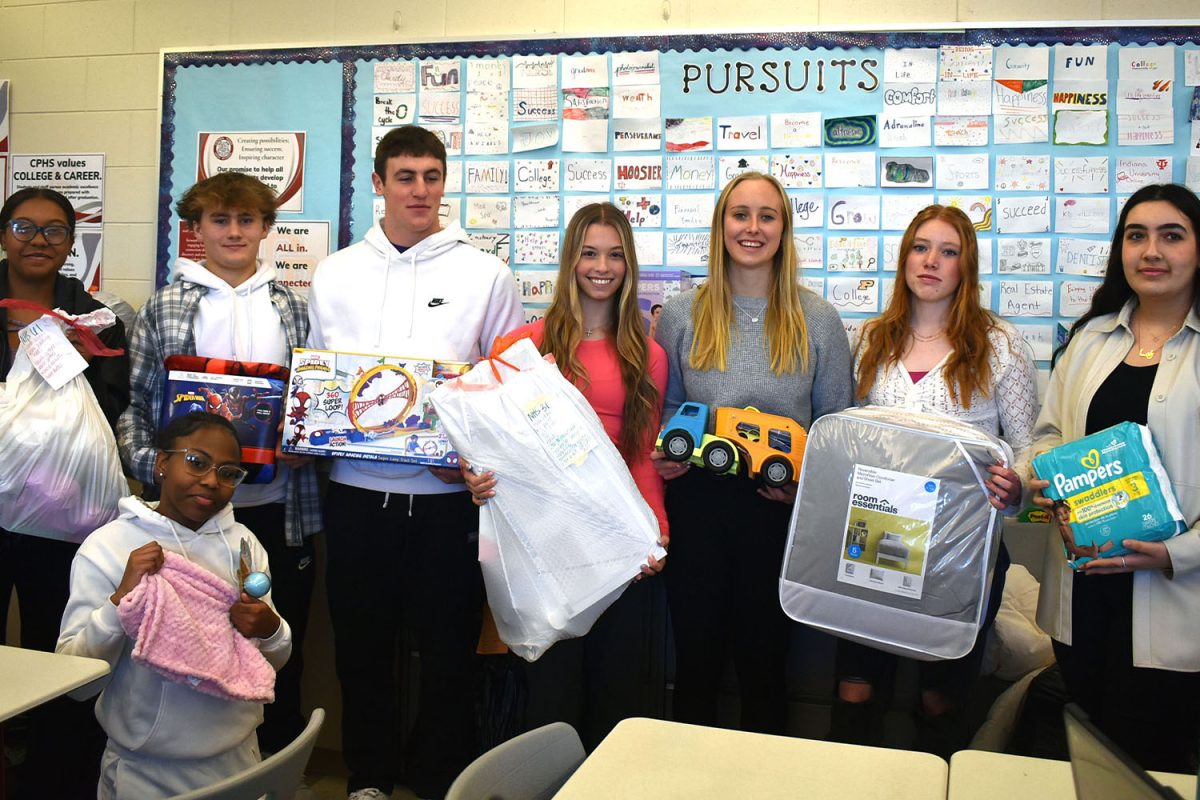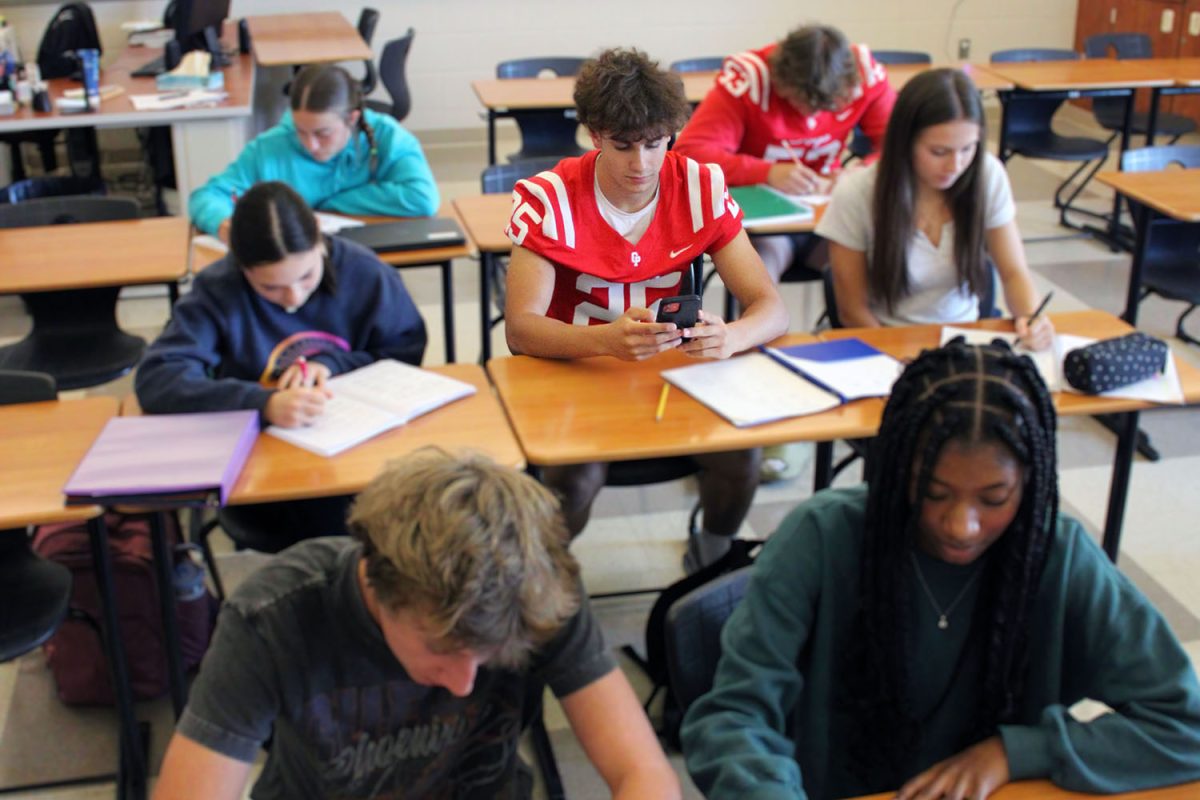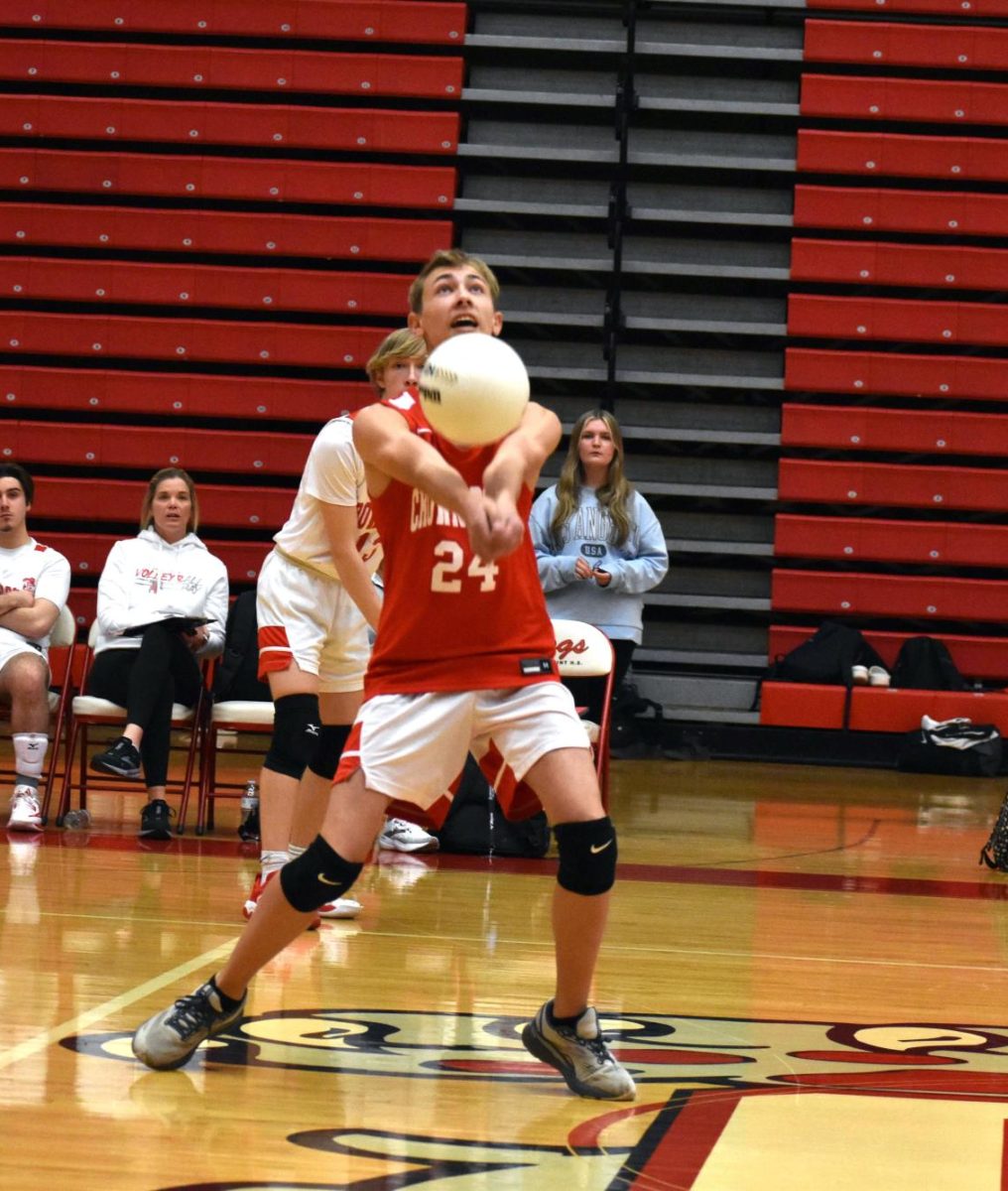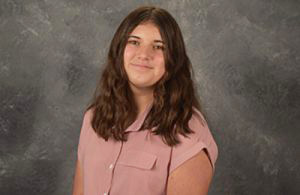“Global warming isn’t a prediction. It is happening,” American researcher James Hansen said. Global warming is a real problem, with real modern-day consequences. However, not all is lost– efforts are being made every day in order to work towards a happy and healthy environment for current and future generations.
Sustainability in the Past
A historical understanding is imperative to the discovery of modern day solutions, alongside the avoidance of those very problems in the future.
“Back in 1960, only 7% of US waste was recycled or diverted” (find name) said.
In the past, recycling was a topic that was neglected under the impression that it would never become the issue it is today. Sustainability in the past was never a deep focus, and as such it became the source of a plethora of modern day issues.
“Our earth is dying, and we all need to work together to minimize the dangers of pollution for our future selves and future generations,” junior Thelma Morales said.
The issue of sustainability in the past has inevitably harmed the present-day world, as the actions of our ancestors have facilitated a mass increase in the world’s temperature, causing life-threatening climate change. Additionally, the lack of focus on environmental concerns has led to the elimination of a plethora of different species, further indicating the intense effects of environmental apathy.
Sustainability in the Present
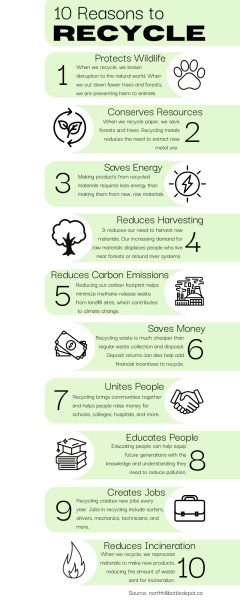
Although past mistakes do affect the present, all hope is not lost as a young generation works to pull their weight and right the wrongs of the past. Students and staff alike work together to inform and encourage young students to understand the impacts of environmental concerns.
“Our mission is to promote environmentally friendly living choices at CPHS,” Green Machine sponsor Mrs. Beach said. “Educating students and staff about green actions through reducing, recycling, and reusing.”
Staff and students work together to promote environmental consciousness in the current day, and they encourage others to do the same. The team at Green Machine works to ensure that students are recycling and informing themselves on current-day issues.
“I would say that there’s been a positive awareness and an increase in what we’re collecting,” assistant principal Mr. Bauters said. “Specifically, we’ve made the transition from focusing just on paper to more ways to collect and recycle plastic.”
Since building an environmentally conscious foundation in younger generations, there has been a significant increase in modern-day recycling efforts. This positive generational difference further proves the idea that informing others leads to increased efforts in sustainability.
“Absolutely! Schools now offer environmentally friendly resources, like water bottle filling stations,” science teacher Mrs. Harnew said. “Many schools also offer recycling bins for plastic bottles or paper.”
Even these seemingly small efforts, such as implementing water bottle refill stations, are all parts of an overall plan to increase sustainability in schools. A simple look at even a single water bottle refill station at CPHS will indicate over 1,000 water bottles have been refilled at each station. The small effort of refilling a water bottle rather than utilizing single-use plastics that will build up in landfills.
“The hardest part about spreading environmental awareness is finding that balance between encouragement and making you feel guilty,” principal Marcinek said. “The goal here is to educate students about sustainability, not make them feel bad for throwing away a piece of paper.”
Educators try their best to fully inform students about the implications of their waste. However, it can be difficult to find the line between informative and discomfiting. The goal is to allow for younger generations to be more aware of the impacts of their choices, not to guilt students into blindly agreeing without a true comprehension of the impact they make both now and in the future.
Sustainability in the Future
Ultimately, the goal of sustainability practices and education is to allow for a better life for the upcoming generations.
“I think that the environment is one of the things that is most precious to us,” Marcinek said. “As young people, you are hopefully going to be out there for a very long time. The better environment you have the better for everybody. It is important to understand the implications of our environment and how we can make it better.”
As one takes a glance into the future, it is important to recognize the importance of the effects on sustainability to the futures of every generation to come. The present determines the future, and Crown Point students and staff work together to facilitate a better environmentally aware modern-day world in order to lay the foundation for a beautiful future.
“I think since we’re a young generation–we’re the future doctors and presidents and everything – it’s also really important that we exert every effort both now and later to further help the earth,” senior Cheyenne Baker said.
As the significant figures of the future, it is integral to fully understand how important it is to be environmentally conscious. To have a future full of success, there must first be an environment in which you can build that prosperity.


